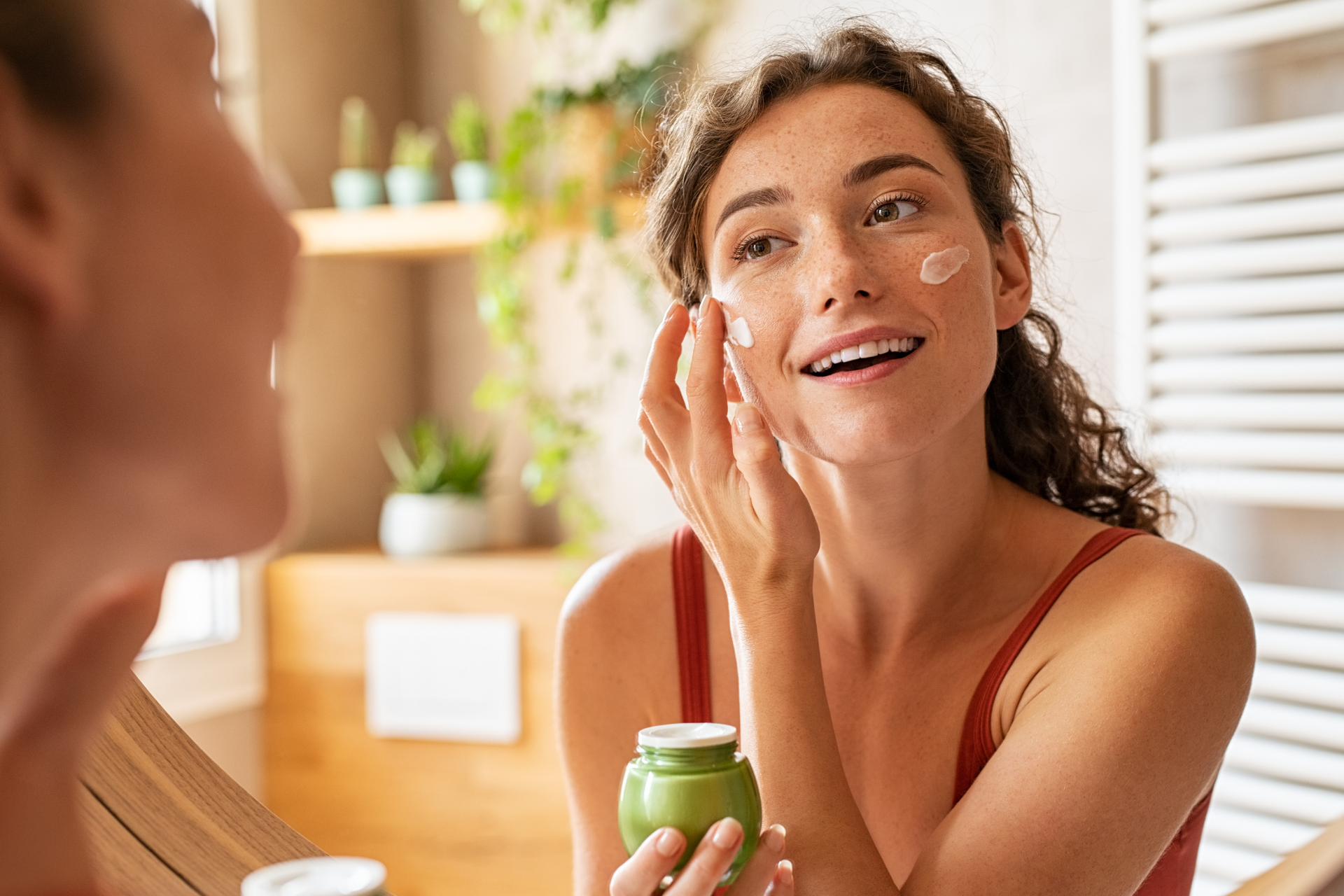Seasonal Skincare Tips: How to Adapt Your Routine Year-Round

As the seasons change, so should your skincare routine. Just as you modify your wardrobe with the weather, your skin also requires different care throughout the year. At Fall Creek Skin and Health Clinic, we understand the importance of adapting your skincare regimen to the changing seasons to maintain healthy and radiant skin. Here are some essential tips on how to adjust your skincare routine year-round for optimal skin health.
Spring: Renew and Refresh
After a long winter, spring is the perfect time to rejuvenate your skin. Start by exfoliating to remove dead skin cells and reveal a fresh, glowing complexion. Consider adding a lightweight moisturizer to hydrate the skin without feeling heavy. With the sun becoming stronger, don't forget to apply sunscreen to protect your skin from harmful UV rays. Spring is also a great time to incorporate antioxidant-rich skincare products to combat free radical damage.
Summer: Hydrate and Protect
During the hot summer months, hydration is key. Opt for lightweight, water-based moisturizers to keep your skin nourished without clogging pores. It's crucial to amp up your sun protection by using a broad-spectrum sunscreen with a high SPF, reapplying every few hours, especially if you'll be spending time outdoors. Consider using a facial mist to keep your skin refreshed and cool throughout the day. Hydrating sheet masks can also be a great addition to your summer skincare routine.
Fall: Transition and Repair
As the weather starts to cool down, it's time to transition your skincare regimen. Switch to a richer moisturizer to combat the dryness that comes with cooler temperatures. Consider incorporating a gentle exfoliating treatment to repair any summer damage and reveal smoother, more even skin. Hydrating serums and face oils can help lock in moisture and keep your skin radiant. Don't forget to pay extra attention to your lips and hands, which can become dry and chapped in the fall.
Winter: Nourish and Protect
In the cold winter months, your skin needs extra care to combat dryness and irritation. Opt for a creamy, emollient moisturizer to provide intense hydration and protection against harsh elements. Consider using a humidifier to add moisture to the air in your home, which can help prevent your skin from drying out. Use a gentle cleanser to avoid stripping your skin of essential oils, and don't forget to continue using sunscreen, as UV rays can still damage your skin even on cloudy days.
All Year: Consistency is Key
No matter the season, consistency is key when it comes to skincare. Establishing a daily routine that includes cleansing, moisturizing, and sun protection is crucial for maintaining healthy skin year-round. Be mindful of your skin's changing needs and adjust your regimen accordingly. Regular visits to Fall Creek Skin and Health Clinic can also help address any specific concerns and provide personalized skincare recommendations based on your skin type and conditions.
By adapting your skincare routine to suit the different seasons, you can ensure that your skin remains healthy, glowing, and well-protected throughout the year. Remember, your skin is unique, so it's essential to listen to its needs and make adjustments as needed. At Fall Creek Skin and Health Clinic, we are here to help you achieve your skincare goals and address any concerns you may have. Take care of your skin, and it will thank you with a radiant complexion all year long.




